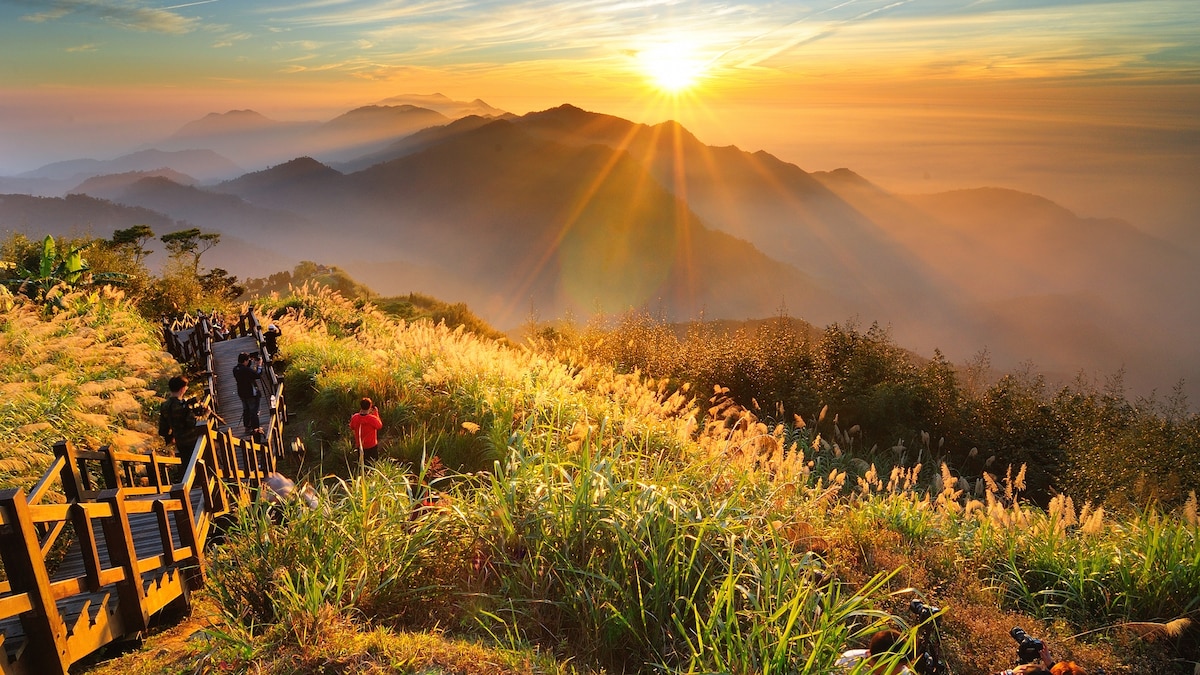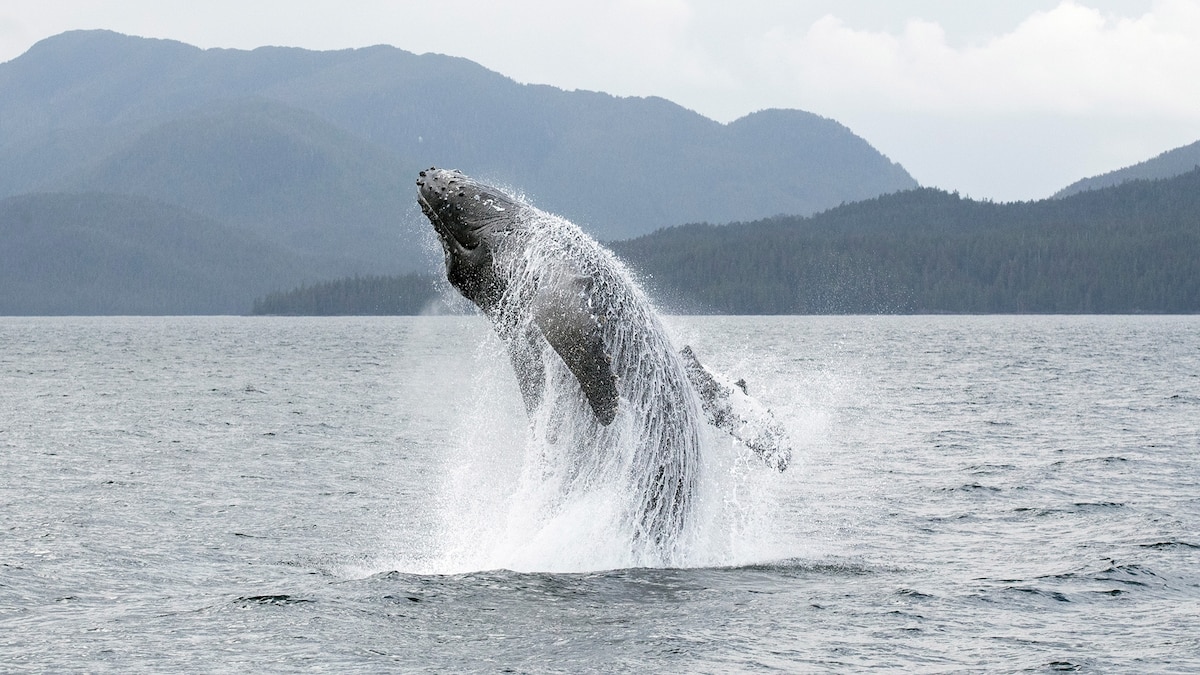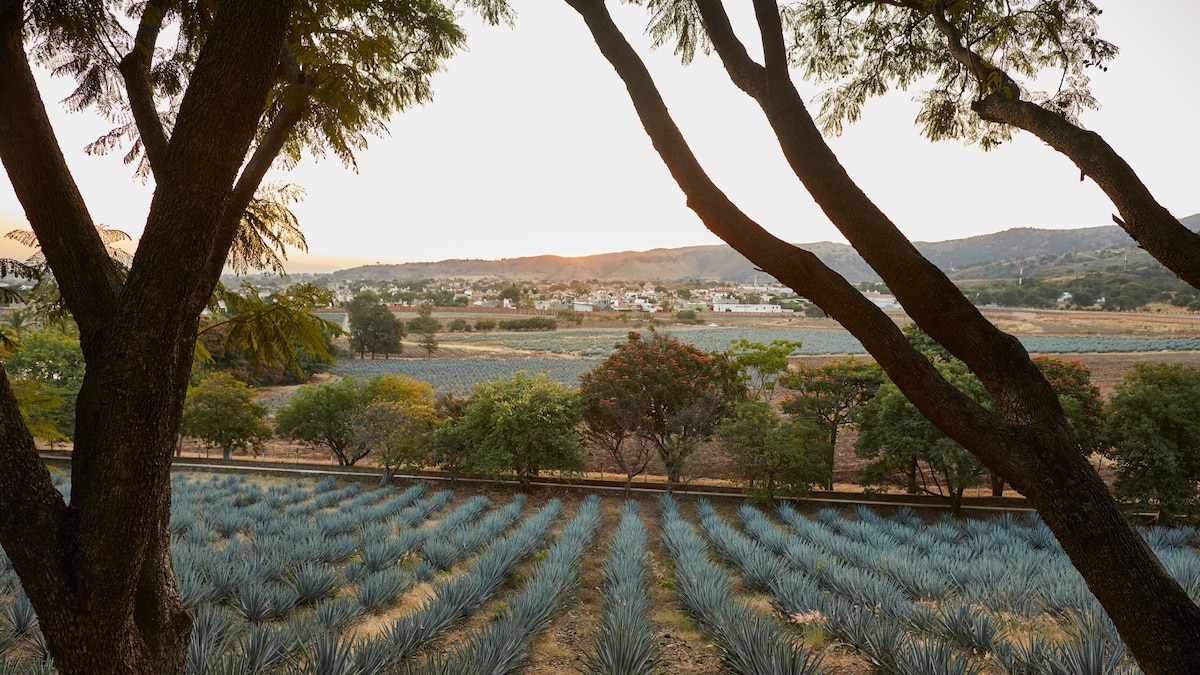Now Reading: For an alternative to Taipei, consider these 5 hidden gems in Taiwan
-
01
For an alternative to Taipei, consider these 5 hidden gems in Taiwan
For an alternative to Taipei, consider these 5 hidden gems in Taiwan

To many travelers, a trip to Taiwan begins and ends in Taipei, for its dense night markets and syrupy-sweet bubble tea. But beyond the capital’s crush of scooters and skyscrapers lies an island defined not just by its food, but by its astonishing biodiversity.
More than half of Taiwan is forested with ecosystems ranging from subtropical jungle to alpine cedar groves. In just a few hours, you can drive from sunlit coastlines to mist-covered peaks. These five destinations show Taiwan’s wilder side—from Indigenous seaside villages to remote mountain forests—where tradition and nature are deeply intertwined.
1. Pinglin District
Just an hour’s drive southeast of Taipei, Pinglin is a mountain town and district shaped by tea. Nestled in the lush hills of New Taipei City, it sits upstream of the Feitsui Reservoir, the main source of drinking water for more than six million people in the Taipei metro area.
To safeguard the watershed, the government introduced strict environmental regulations in the 1980s, limiting large-scale construction and industrial development. While these restrictions have frustrated some locals and developers, they’ve helped preserve one of Taiwan’s most pristine rural landscapes.
“Pinglin is incredibly rich in tree ferns,” says Phaedra Fang, an assistant researcher at the National Taiwan Museum and occasional tour guide. “They’re an ancient group of plants—around since the dinosaurs. And there are just so many of them there.”
Terraced fields ripple across the hillsides, blanketed with tea bushes used to make
baozhong, a lightly oxidized oolong prized for its melon-like sweetness. The town hums with birdlife year-round: Taiwan barbets, crested goshawks, and swallows flit through the undergrowth. “Swallows like to build nests underneath the roofs of locals,” Fang notes.
Stop by the Pinglin Tea Museum for a comprehensive look at how tea is grown, processed, and brewed. Just down the road, Pinglin Old Street is lined with cozy teahouses serving the season’s newest flush—often steeped and poured by the farmers themselves.
(Related: The story behind bubble tea, Taiwan’s iconic drink.)

Located eight miles from the mainland of Taiwan, Xiaoliuqiu is the country’s only coral island with a significant number of residents. It is known for its sea turtles, beaches, coral reefs, and off-shore diving adventures.
Photograph by Jui-Chi Chan, iStock/Getty Images
2. Xiaoliuqiu Island
Just off Taiwan’s southwest coast, Xiaoliuqiu is a coral island framed by gliding green sea turtles and shimmering tide pools. It’s one of the island’s most accessible dive spots—under five hours from Taipei, including a quick 25-minute ferry from the port town of Donggang.
Taiwan straddles a unique geographic divide. Its northern half is largely subtropical, while the southern half shifts into a tropical zone. “Taichung is the dividing line,” says Dennis Wong, co-owner of Fun Divers Taiwan. The dive shop has been guiding underwater excursions around the island since 2013. Located in central Taiwan, Taichung marks where the waters start to warm and the marine life becomes more vibrant. “South of that, you get more coral, more color, and much more variety,” Wong says.
Thanks to its position in the Taiwan Strait on the west coast, Xiaoliuqiu is shielded from the strong currents that batter other southern sites. Visibility often stretches 40 to 65 feet, and the waters brim with life: blue-spotted stingrays, juvenile barracuda, moray eels, and native lionfish.
Scooters make it easy to explore the island’s volcanic terrain above ground, but most divers head out by boat to access the best offshore sites such as Broken Shipwreck, where you can explore the remains of a small cargo boat and the glittery reef that surrounds it. Peak season runs from May through September when the sea is glassy and clear.
(Related: Why you should hold your breath and try freediving in Taiwan.)
3. Dulan, Taitung County
With some of the best surf in Taiwan, Dulan draws wave-chasers year-round to its black sand beaches and wild Pacific swells. But this east coast village is more than a surf spot—it’s also home to the Amis, the largest of Taiwan’s Indigenous groups, known for their deep ties to the ocean.
At low tide, Amis women still wade into the shallows to gather shellfish by hand, just as their grandmothers did. Inland, trails thread through fields of wild taro and thickets of edible greens, foraged from forest edges and folded into everyday meals.
Today, Dulan is also a magnet for creativity. A growing community of artists, musicians, and expats have settled here, drawn by the scenery and spirit of the place. Visit the repurposed Dulan Sugar Factory, a former relic of Taiwan’s industrial past that now buzzes with weekend concerts, artisan studios, and pop-up galleries. Or grab lunch at Taitung Tea House, a fish and chips joint slinging deep-fried locally caught mahi mahi.
Occasionally, the village plays host to the Amis Music Festival, a grassroots celebration of indigenous identity that brings together artists from across Taiwan and beyond. Performances spill into open fields with the ocean on one side and green slopes rising behind.

Travelers can time their trip to witness firsthand the Millet Harvest Festival, a traditional festival celebrating the Rukai Indigenous people in Dulan, Taiwan.
Photograph by Frederic Petry, Hans Lucas/Redux
4. Pingtung
Taiwan’s southernmost county is often called the island’s breadbasket. Its sun-drenched plains produce much of the nation’s fruit—from wax apples and lychees to pineapples, mangos, and bananas—thanks to a tropical climate and year-round growing season. But its mountains hold stories just as rich as its plains. The region is layered with biodiversity and history, which includes the ancient trails once used by Indigenous people and early Western explorers to get to remote Indigenous stone-slab villages. Tropical flora thrive in these hills—like prickly ash and hibiscus—and you might spot wild boar, macaques, or the elusive crested serpent eagle.
“The clouded leopard may be gone, but its spirit still lingers in the forests here,” says Fang. Once sacred to Indigenous communities and considered a guardian of the mountains, the Formosan clouded leopard hasn’t been officially sighted since the 80s—but stories persist. Locals speak of fleeting shadows slipping through the undergrowth of something leaping from cliffs or vanishing into trees. Whether myth or memory, its presence still haunts the hills.
That deep connection to land and memory is still alive in places like New Laiyi Village, a relocated settlement of the Paiwan—an Indigenous group native to Taiwan’s southern mountain ranges. In the years since, residents have returned to traditional farming, cultivating millet, red quinoa, taro, and shell ginger using low-impact methods. Their vegetable shop serves as both a farmers’ market and cultural hub—selling seasonal produce, and hosting workshops on agricultural knowledge once at risk of being lost. It’s part of a wider effort across Pingtung to sustain indigenous lifeways through food, storytelling, and land stewardship.
(Related: A taste of Taiwan, from comforting noodles to spicy broths.)

The Alishan Forest Railway runs through the Alishan National Scenic Area, a nature reserve and mountain resort in Chiayi County, Taiwan.
Photograph by Aaron Chen PS2, iStock/Getty Images
5. Alishan Township
Best known for its sunrise views and century-old forest railway, Alishan is a high-mountain region in Chiayi County about a two-hour drive from the nearest high-speed rail station. Crisscrossed with hiking trails, it’s a place of ancient cypress groves, fog-laced ridgelines, and wild lilies in spring. “Alishan is key to understanding Taiwan’s forestry and transportation history,” says Fang.
The narrow-gauge Alishan Forest Railway—originally built during Japanese rule to haul cypress logs from deep in the mountains—still clatters through switchbacks and spirals, linking trailheads, tea farms, and fog-shrouded villages. The century-old trains, some restored with cypress wood interiors, feel more like a time machine than public transit. After years of storm damage and partial closures, key sections have recently reopened, part of Taiwan’s broader effort to restore its historic railways.
At over 2,000 meters (6,561 feet) above sea level, Alishan’s high elevation and eastward-facing ridgelines make it one of the best places in Taiwan to catch the sunrise. At Zhushan, a popular viewing point, early risers gather to watch the sun rise over a sea of clouds, flooding the Central Mountain Range with golden light. On clear mornings, Yushan—Taiwan’s tallest peak—emerges in a sharp silhouette.
In Alishan, farmers cultivate Taiwan’s celebrated high mountain oolong at elevations above 1,000 meters (3,280 feet), where cool, misty air slows leaf growth and concentrates aroma. The sharp contrast between warm days and cold nights intensifies the tea’s floral flavor, while the mineral-rich soil adds clarity and depth.
(Related: Exploring the magic of Taiwan’s ‘Spirited Away’ city.)
Clarissa Wei is an American freelance journalist and award-winning author who lives in Taipei, Taiwan. Her debut book, Made in Taiwan: Recipes and Stories from the Island Nation, was nominated for a James Beard Award and won the IACP Julia Child First Book Award.




















